After over three decades in space, Voyager 1 is about to leave the Solar System and head into the uncharted territory of the Milky Way. The craft is traveling at just under 11 miles per second and is almost 11 billion miles away from the sun.
It will be the very first man-made object to leave the Solar System and will take several months to years before it completely enters interstellar space, according to NASA. The primary mission for both Voyager 1 and 2 was the exploration of Jupiter and Saturn. Voyager 2 will follow in 1s footsteps later. They are continuing to learn some interesting things from Voyager 1s flight in this area, which they call a ‘cosmic purgatory.’ Like the fact that the transition between the sun’s extended atmosphere and the beginning of interstellar space is not abrupt, as they had previously believed.
Rob Decker, a Voyager Low-Energy Charged Particle Instrument co-investigator from the Johns Hopkins University Applied Physics Laboratory, states: “We’ve been using the flow of energetic charged particles at Voyager 1 as a kind of wind sock to estimate the solar wind velocity. We’ve found that the wind speeds are low in this region and gust erratically. For the first time, the wind even blows back at us. We are evidently traveling in completely new territory. Scientists had suggested previously that there might be a stagnation layer, but we weren’t sure it existed until now.”
The Voyager spacecrafts have enough power and fuel to operate until at least 2020. It will be amazing to find out what we can learn in that time. Both were launched in 1977.

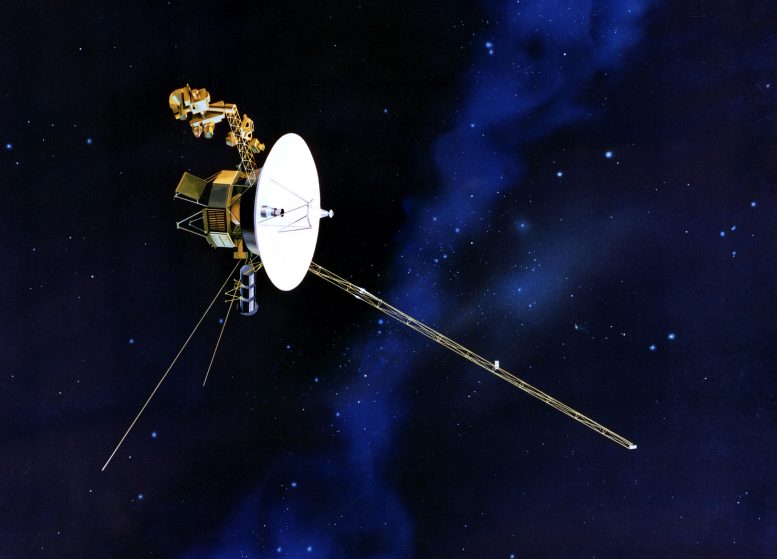

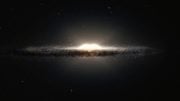

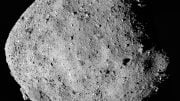

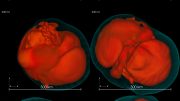

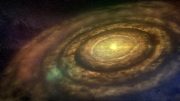
Be the first to comment on "NASA’s Voyager 1 in “Cosmic Purgatory”"